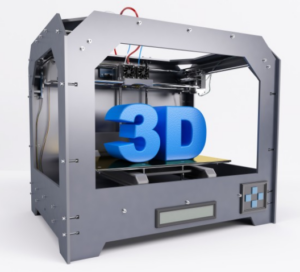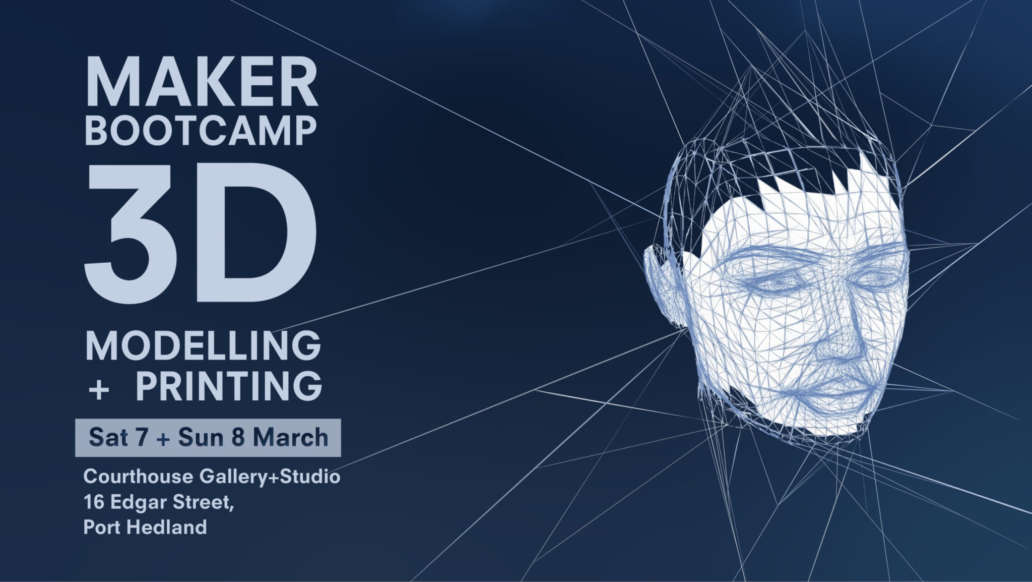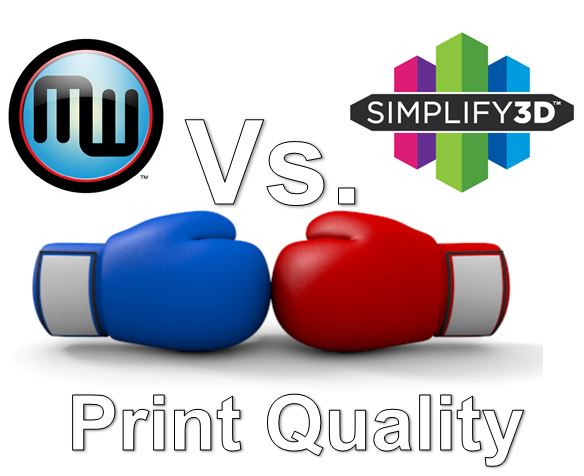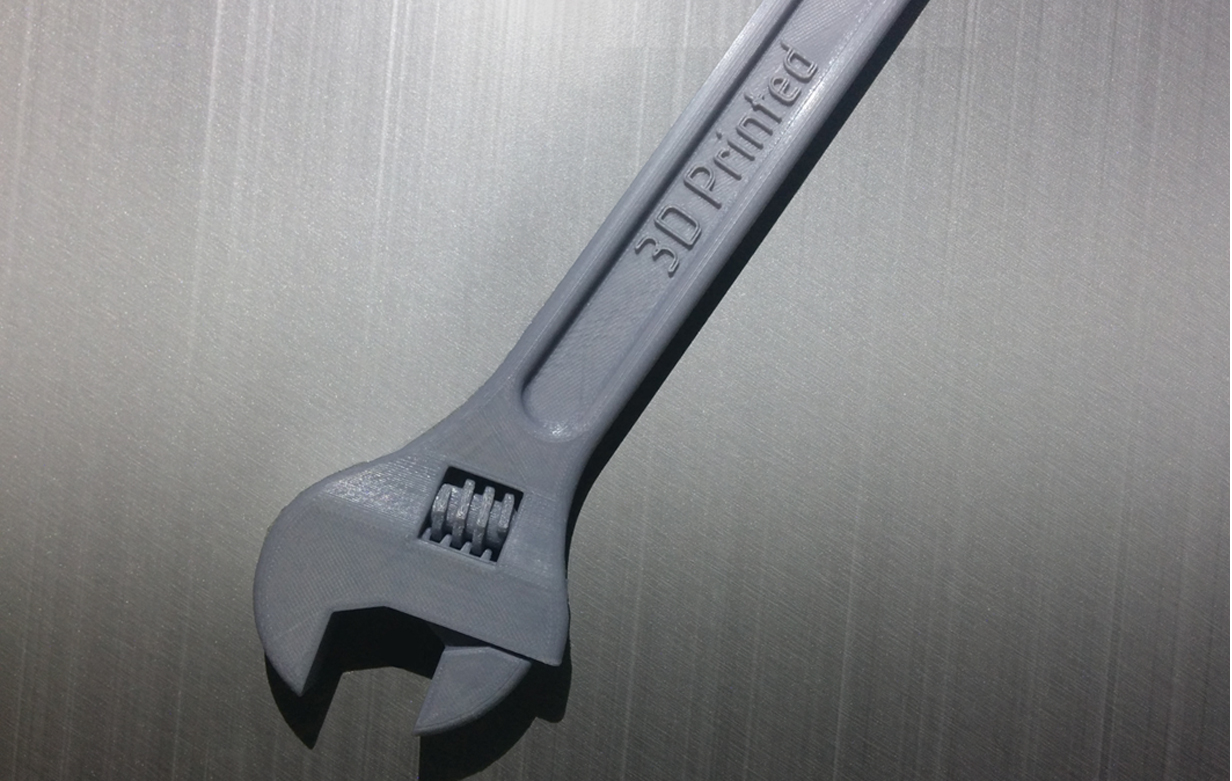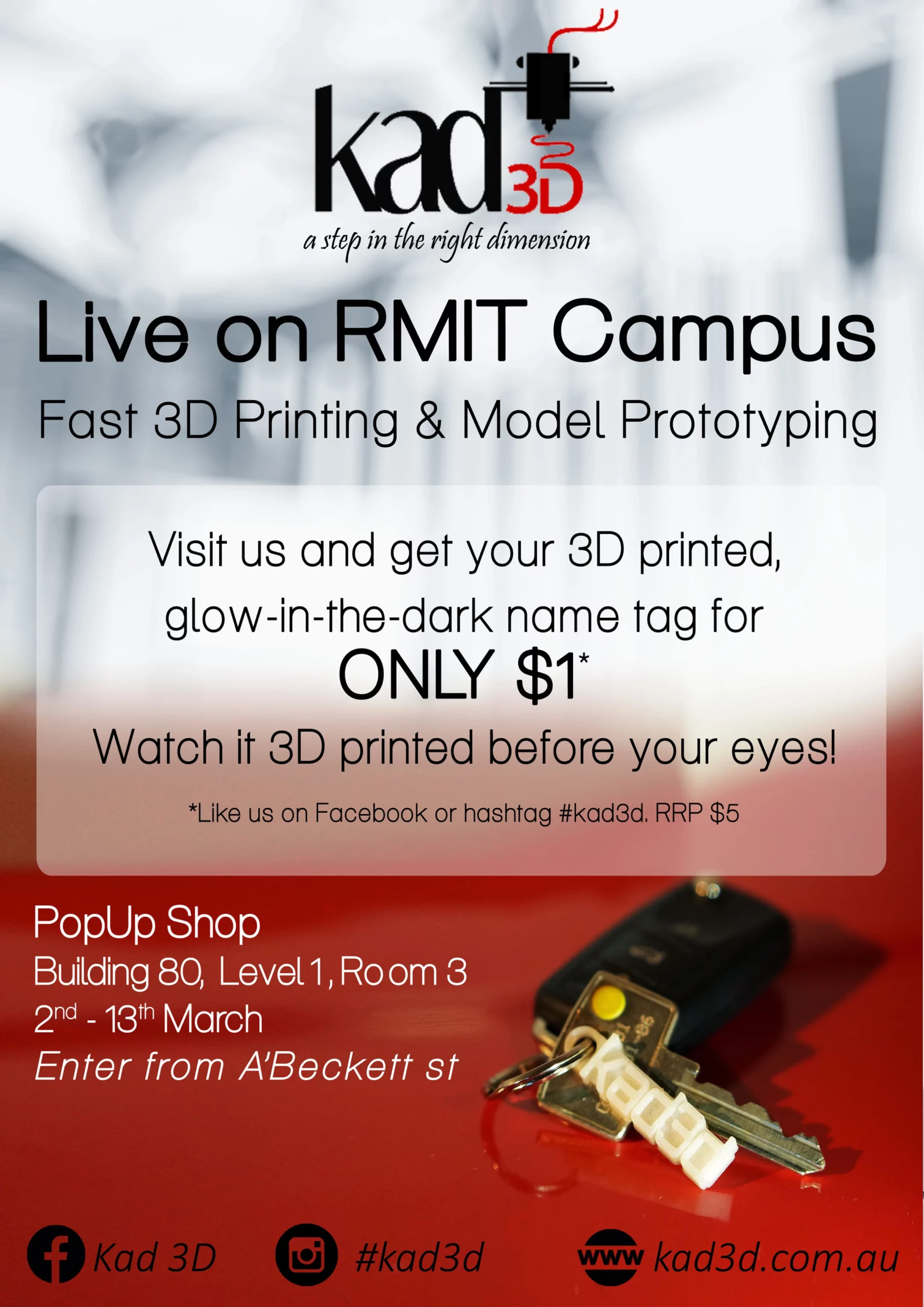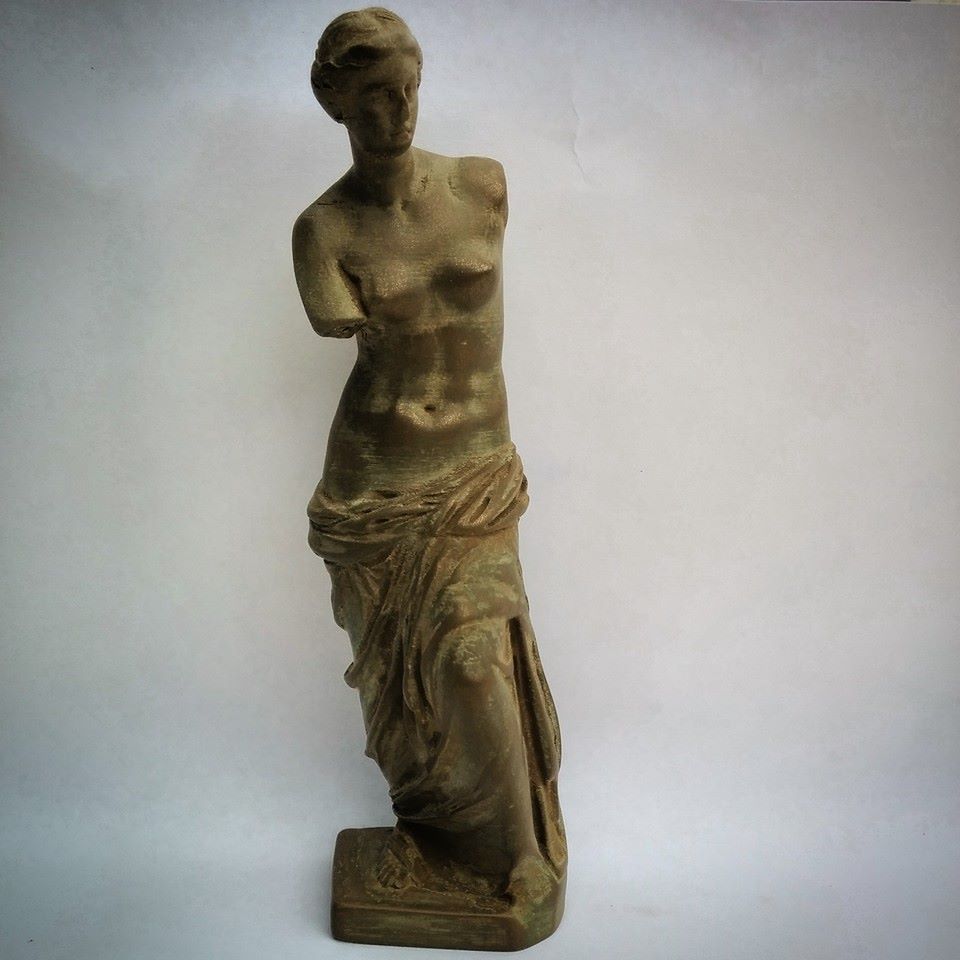PVDF (Polyvinylidene Fluoride)
A remarkable engineering thermoplastic, PVDF (Polyvinylidene Fluoride) is a popular choice for various industrial applications, including 3D printing. It is well-regarded for its outstanding chemical resistance, excellent mechanical properties, and high temperature tolerance.
Brief Introduction and History
First developed by Vyoflone in the 1950s, PVDF has become a critical material in the 3D printing industry due to its unique combination of properties. It has steadily gained popularity and been widely used in various sectors, ranging from aerospace to electronics, and biotechnology.
Material Composition
PVDF is primarily composed of vinylidene fluoride monomers, which are synthesized through a polymerization process. The resulting material exhibits remarkable thermal stability and exceptional resistance to chemicals and UV radiation.
Uses
Due to its remarkable properties, PVDF is widely used in applications like chemical processing, construction, semiconductor manufacturing, and healthcare industries. Its superior resistance to corrosion and heat makes it an ideal choice for challenging environments.
Best Fit Use
PVDF is best suited for industrial components such as pipelines, valves, and fittings in chemical processing plants due to its outstanding chemical resistance and durability.
Detailed Example of Specific Use 1
One major application of PVDF is in the construction industry, where it is used to fabricate durable and resilient architectural components, including cladding, roofing, and window frames.
Detailed Example of Specific Use 2
In the electronics sector, PVDF is utilized to produce high-performance cables, connectors, and components due to its excellent dielectric properties and resistance to harsh environmental conditions.
Difference Between Basic and Advanced Forms
The advanced forms of PVDF include compounds with enhanced characteristics such as improved flexibility, increased flame resistance, and enhanced processability, providing versatility in various applications.
Benefits
- Excellent chemical resistance
- High thermal stability
- Superior mechanical properties
- Outstanding UV resistance
Drawbacks
While PVDF offers exceptional performance, it can be challenging to process and may require specialized equipment for 3D printing. Additionally, it tends to be more expensive compared to other thermoplastics.
Overall Rating for Daily Use
For daily use, PVDF is best suited for industrial applications where its exceptional properties can be fully utilized. In hobbyist contexts, it may be impractical due to its processing requirements and cost.
Future Developments
Ongoing research is focused on enhancing the 3D printability of PVDF and developing new formulations that offer improved performance and cost-efficiency, which will further expand its applications in 3D printing and manufacturing.
